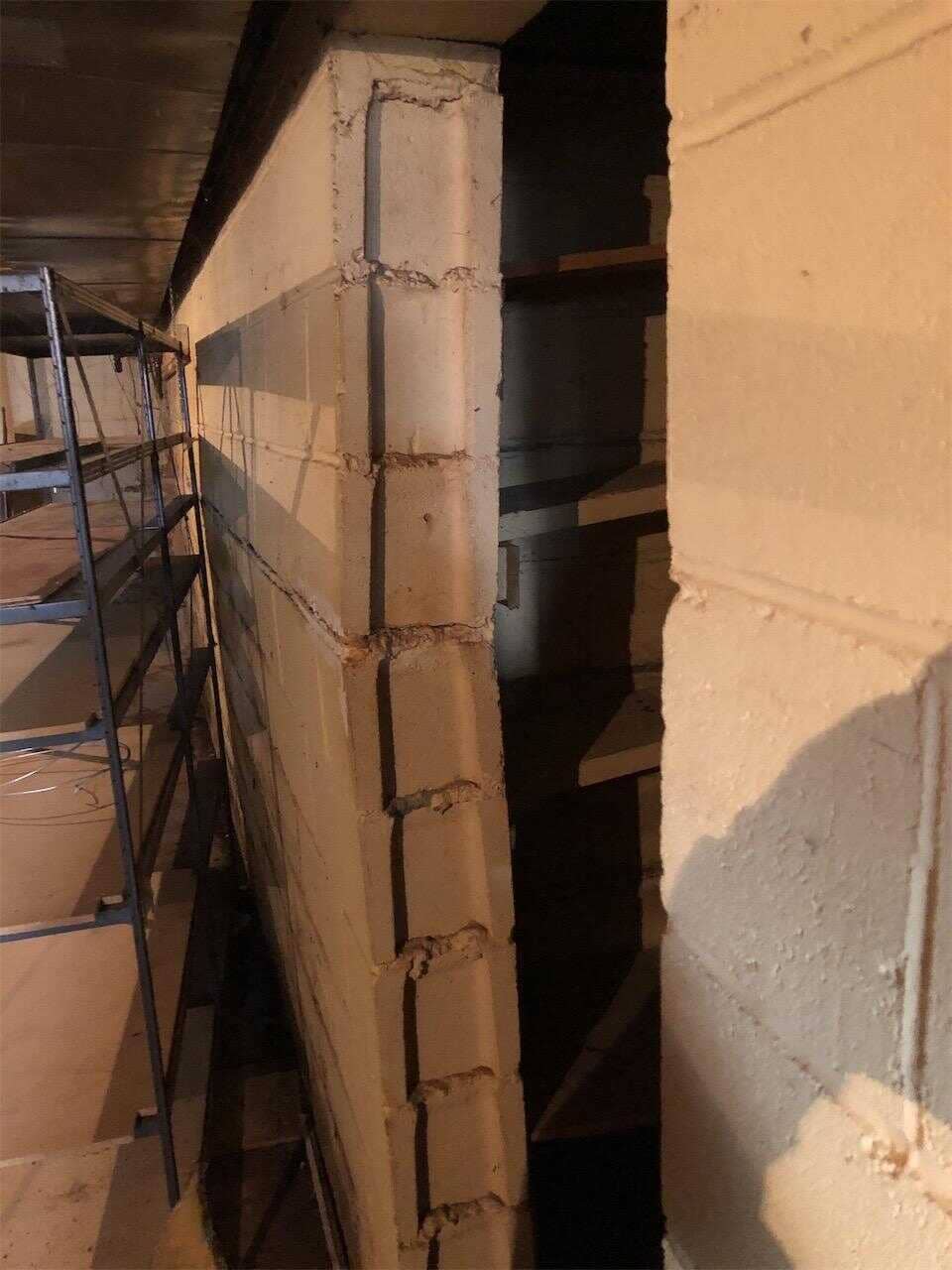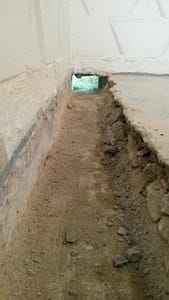9 Simple Techniques For Best Basement Waterproofing
9 Simple Techniques For Best Basement Waterproofing
Blog Article
The 2-Minute Rule for Best Basement Waterproofing
Table of ContentsGetting The Best Basement Waterproofing To WorkBest Basement Waterproofing Can Be Fun For EveryoneBest Basement Waterproofing Things To Know Before You Get ThisTop Guidelines Of Best Basement WaterproofingThe smart Trick of Best Basement Waterproofing That Nobody is Talking About
AdvantaClean's skilled professionals and technicians will locate the water source. If wall or piece fractures are present, we will infuse polyurethane and epoxies into the cracks and seal the compromise, avoiding additional wetness from getting in.
If there's condensation on the outside of the aluminum foil, you have high moisture in your cellar. If the foil has condensation on the within surface (following to the wall), the dirt around your house might be naturally damp from a high water table or bad soil drain.
You can waterproof just your interior wall surfaces, which may fix the problem. Once they dry, they stick completely to concrete and masonry wall surfaces.
Facts About Best Basement Waterproofing Uncovered
Concrete water resistant layers can not be used to formerly painted surfaces; check the tag. Recognized as densifiers, they are ideal just for wall surfaces that have not been painted or sealed.
You clean, roll, or spray it on much even more thickly one gallon covers just 75 square feet, not the 300 square feet typical with standard paint. Waterproof paint is great for do it yourself application. You can apply it over repainted surfaces, and paint over it once it's healed (one gallon expenses $37).
It can set you back $10,000 to $15,000, relying on the job needed. Exterior waterproofing entails digging deep into around the residence fully depth of the structure walls, then installing a waterproof covering or membrane topped by water drainage panels. The panels supply an easy course for water to stream down to an exterior French drainpipe at the end of your foundation.
We've all been captured in a storm without any umbrella or raincoat (Best Basement Waterproofing). And it's always a dish for calamity: whatever's damp, your hairstyle is destroyed, and points are getting stuffy. A basement without these details waterproofing is kind of like that. Minus the spoiled coiffure component. Your cellar doesn't intend to experience a rainstorm without proper security simply as much as you do not desire find out here now to.
Not known Factual Statements About Best Basement Waterproofing
But if you have actually done your study, you would certainly recognize there are two sorts of waterproofing: exterior and interior. It can get confusing what they both mean, which one's a far better investment, and what will really maintain the water out. Do not worry, we placed with each other this blog to easily specify both techniques for you and talk about the advantages and disadvantages of each.
Outside waterproofing is a waterproofing method that includes sealing your home from the outside. It's kind of like a moat around a castle. It entails excavating a trench around your whole residence to the foundation (about 8 to 10 feet down). The structure walls are after that cleaned, secured, and covered with a waterproof membrane layer or sealant.

The Best Strategy To Use For Best Basement Waterproofing
It's an extra involved process that needs excavating up your yard, which is costly and taxing. Outside waterproofing involves eliminating every little thing bordering your home, including verandas, driveways, sidewalks, landscaping, air conditioning systems, decks, and so on. If any of the work was done inaccurately and water is still entering your cellar, there isn't much you can do to correct or fix it.
Interior basement waterproofing includes waterproofing from the within. Any type of water that leaks into your cellar is rerouted prior to it touches your flooring. It's type of like wearing a raincoat under your clothing. It includes two things: a water drainage track and a sump pump. It functions by sealing the inside of your basement walls and floors so water that tries to enter is channeled out through a sump pump.
It's an effective technique to waterproof your basement. The drawback of interior basement waterproofing mainly has to do with the installment process.
Fascination About Best Basement Waterproofing
Finally, exterior and indoor basement waterproofing are both reliable approaches of securing your home from water damage. Exterior waterproofing creates a barrier that prevents water from entering your home, while indoor waterproofing reroutes water that does enter your home. And it is necessary to note that exterior waterproofing is an expensive and disruptive setup procedure when compared to indoor waterproofing.
Whichever approach you pick, make sure you select a trustworthy and reliable specialist for the job. Both methods require seasoned workers to handle the task. If you have any type of inquiries concerning basement waterproofing, please reach out to us. And if you're in our solution area and have water in your cellar, call us for a cost-free, no-obligation home inspection.
You can fill up out our kind right here, begin a chat in the bottom right-hand edge, or call us at 1-800-827-0702.
Report this page